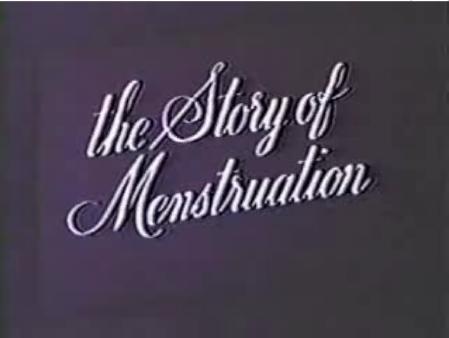 Over a six-month period at University Hospital beginning in December 2007, more than 400 pregnant women asked to be sterilized after giving birth. Of those, almost a third left the hospital without getting the procedure, for one reason or another.
Over a six-month period at University Hospital beginning in December 2007, more than 400 pregnant women asked to be sterilized after giving birth. Of those, almost a third left the hospital without getting the procedure, for one reason or another.
And within 12 months, close to half the women who wanted but didn’t get a tubal ligation were pregnant again — a startlingly high percentage, said doctors who followed the women.
The findings, published in the November issue of the journal Obstetrics & Gynecology, point to the need for cheaper and easier access to family planning services for poor and uninsured women, the study’s lead author said.
“The women who weren’t getting their tubes tied were just kind of falling out of the safety net,” said Dr. Andrea Thurman, formerly with the University of Texas Health Science Center, now an associate professor at Eastern Virginia Medical School in Norfolk.
“these were women who had a lot of pregnancies,” Thurman said. “They don’t have good access to health care, they’re more likely to be undocumented immigrants, they’re not likely to be able to interact in the same way with getting birth control and they end up pregnant within a year.”
The federal government is trying to decide whether to include contraception and sterilization among preventive health services — like flu shots — to be offered free to patients under the new health reform law.
An Institute of Medicine committee is set to meet next week to come up with recommendations.
Some religious and conservative groups are opposed.
“To prevent pregnancy is not to prevent a disease — indeed, contraception and sterilization pose their own unique and serious health risks to the patient,” the U.S. Conference of Catholic Bishops wrote in letter to the Department of Health and Human Services in October.
Female sterilization is roughly tied with the birth control pill as the No. 1 method of contraception in the United States, each used by about 17 percent of women 44 years old and younger.